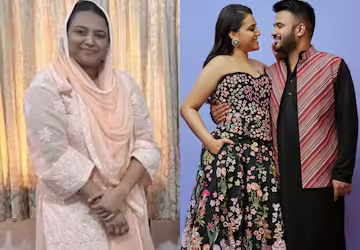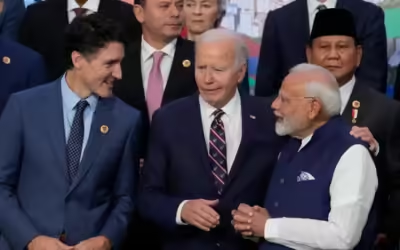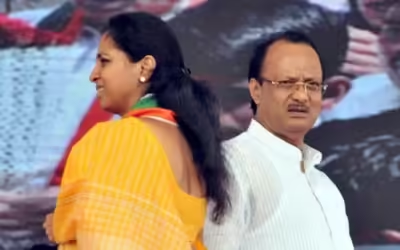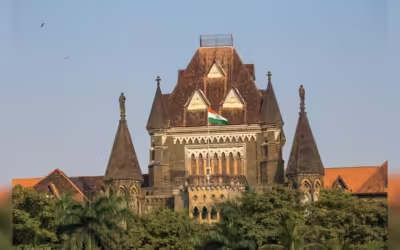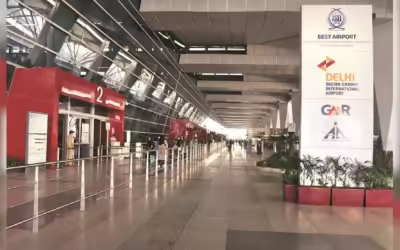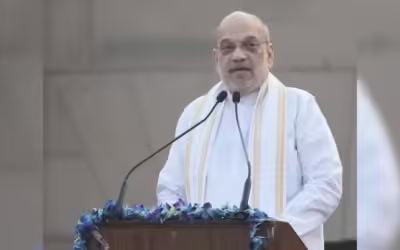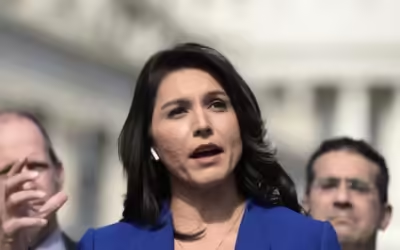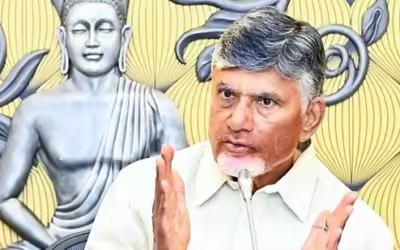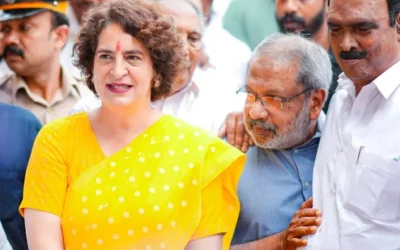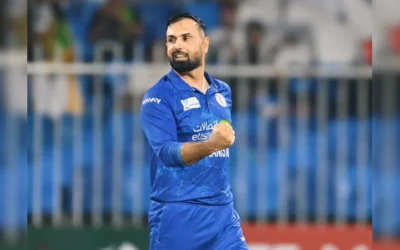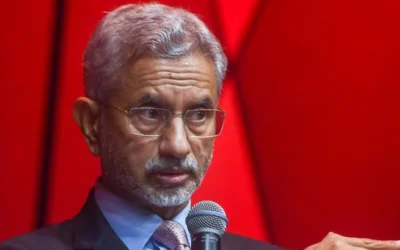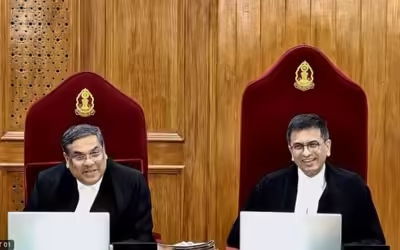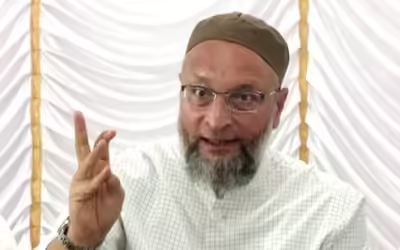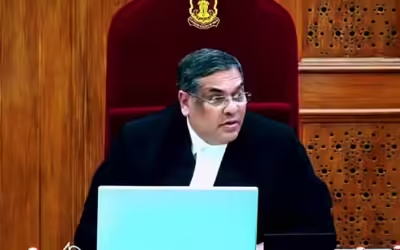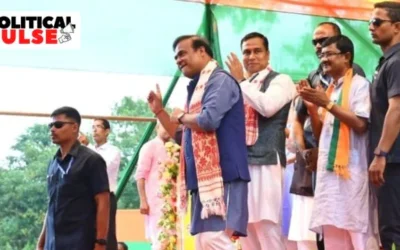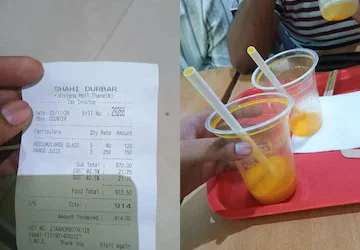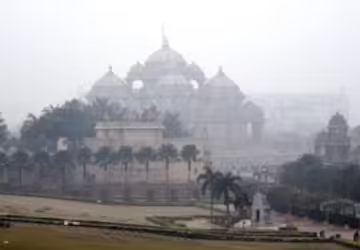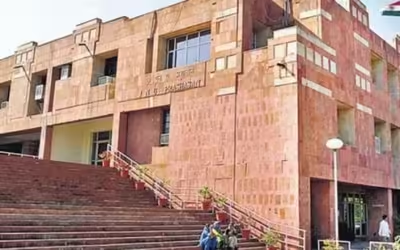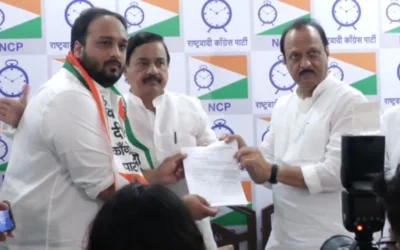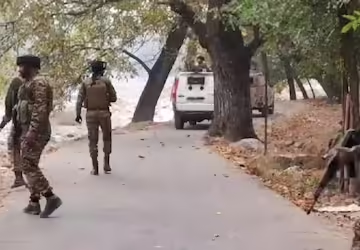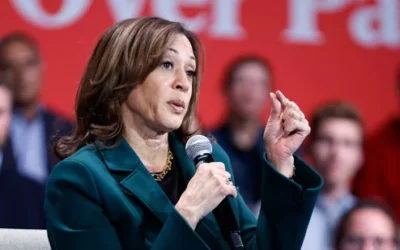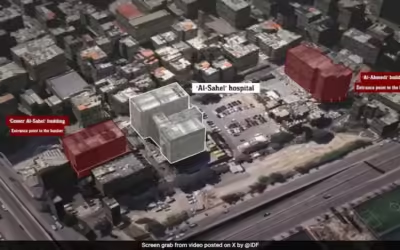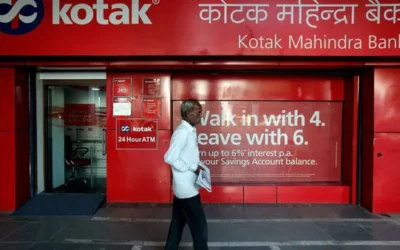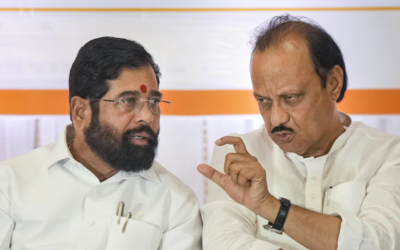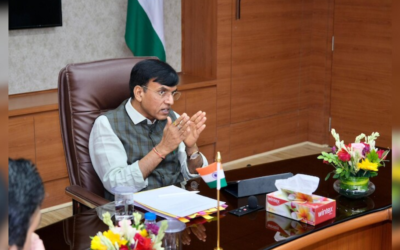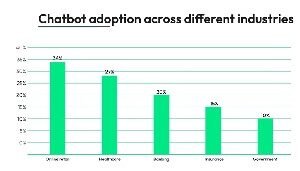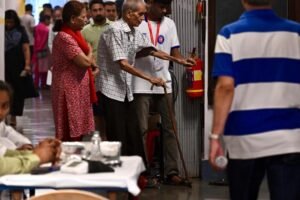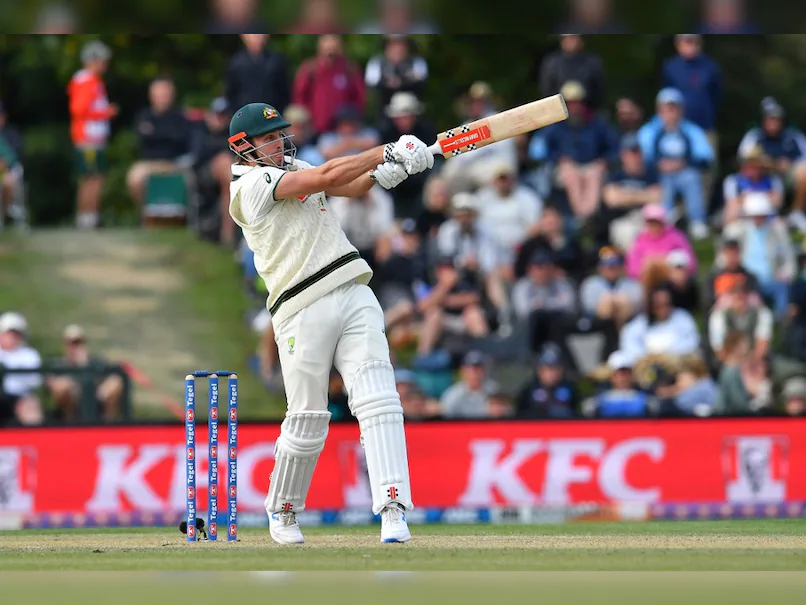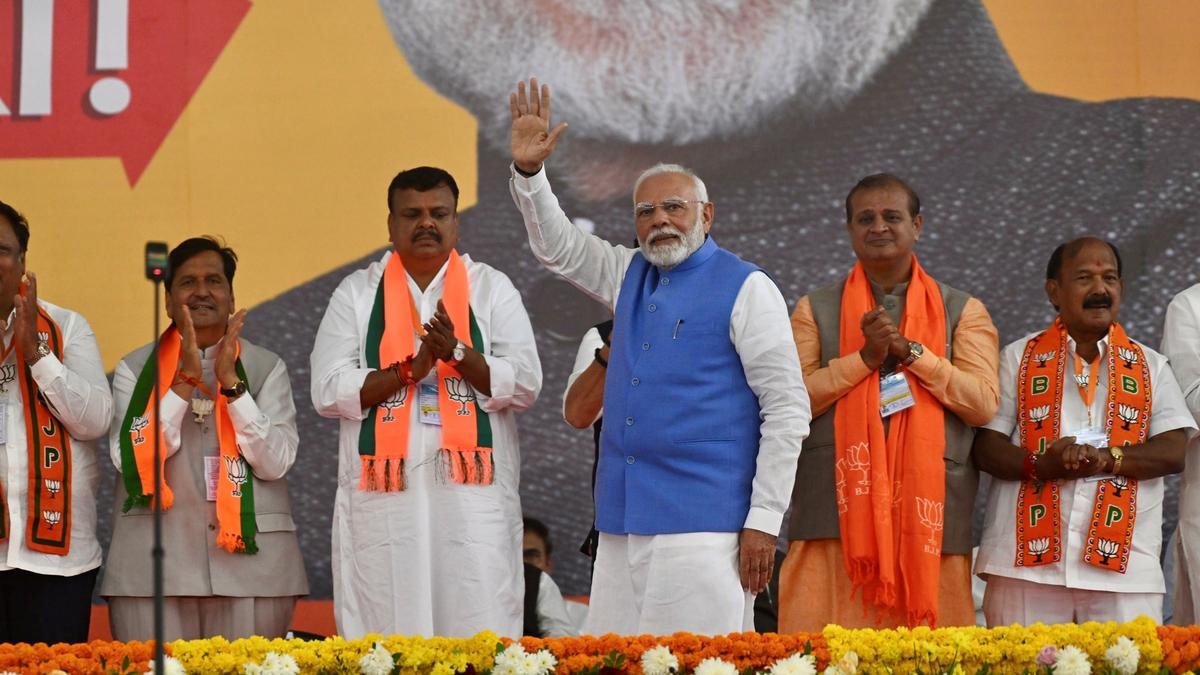Justice BV Nagarathna expressed a differing opinion in her individual assessment from Chief Justice DY Chandrachud regarding his remarks on Justice Krishna Iyer’s decision in the 1977 Rangareddy case.
In a groundbreaking ruling today, the Supreme Court clarified that not every privately owned property can be considered a community asset subject to state acquisition for the greater good. Chief Justice of India DY Chandrachud, heading a nine-judge Constitution bench, pronounced the verdict on this contentious matter, with a majority decision of 8-1.
A total of three verdicts were penned down for the case – the Chief Justice penned one for himself and six other colleagues, while Justice BV Nagarathna formulated a separate opinion in agreement, and Justice Sudhanshu Dhulia dissented. The panel of judges comprised Chief Justice DY Chandrachud, Justice Hrishikesh Roy, Justice Nagarathna BV, Justice Sudhanshu Dhulia, Justice JB Pardiwala, Justice Manoj Misra, Justice Rajesh Bindal, Justice SC Sharma, and Justice AG Masih.
The situation pertains to Article 31C of the Constitution, which safeguards state-enacted laws aimed at realizing the directive principles of state policy. These principles serve as guidelines for governments in formulating laws and policies. One of the laws shielded by Article 31C is Article 39B, which mandates the State to focus its policies on ensuring equitable distribution of material resources for the collective welfare.
The Chief Justice reflected on whether privately owned resources are encompassed in the material resource mentioned in 39B. While it’s theoretically possible for privately owned resources to fall under this category, the court does not align with Justice Iyer’s minority perspective in Ranganath Reddy. It is affirmed that not all resources owned by individuals can be classified as material resources of a community solely based on meeting material needs criteria.
He mentioned that inquiries regarding resources falling under category 39B must be tailored to each specific case and should consider various factors like the resource’s nature, characteristics, impact on the community’s well-being, scarcity, and the implications of its control by private entities. Additionally, the public trust doctrine established by the court can aid in determining resources that qualify as communal material resources.
Back in 1977, a decision was made by a seven-member panel with a split of 4:3, concluding that privately owned assets were not considered part of the material resources of the community. Despite this majority stance, Justice Krishna Iyer expressed a minority view asserting that both public and private resources should be classified as “material resources of the community” as per Article 39(b).
Justice Nagarathna presented a dissenting opinion, opposing the Chief Justice’s views regarding Justice Iyer’s decision.
Considering a constitutional and economic framework that heavily emphasized the State’s authority, Justice Krishna Iyer analyzed a community’s material assets. It’s noteworthy that the 42nd amendment incorporated socialist principles into the Constitution. Should we condemn past judges for diverging in their interpretations and accuse them of misconduct?
[Your Content]: Expressing concern about how future generations of judges will perceive their predecessors, the speaker highlighted the importance of considering the historical context in which past judicial decisions were made. Emphasizing that the evolution of socio-economic policies post-liberalization in 1991 should not lead to a negative portrayal of judges from earlier eras, she disagreed with the notion that they had failed to uphold the Constitution. The speaker cautioned against making hasty judgments based solely on changing economic paradigms and urged future judges to exercise discretion in their assessments. Additionally, she respectfully disagreed with the Chief Justice’s viewpoint on this matter.
